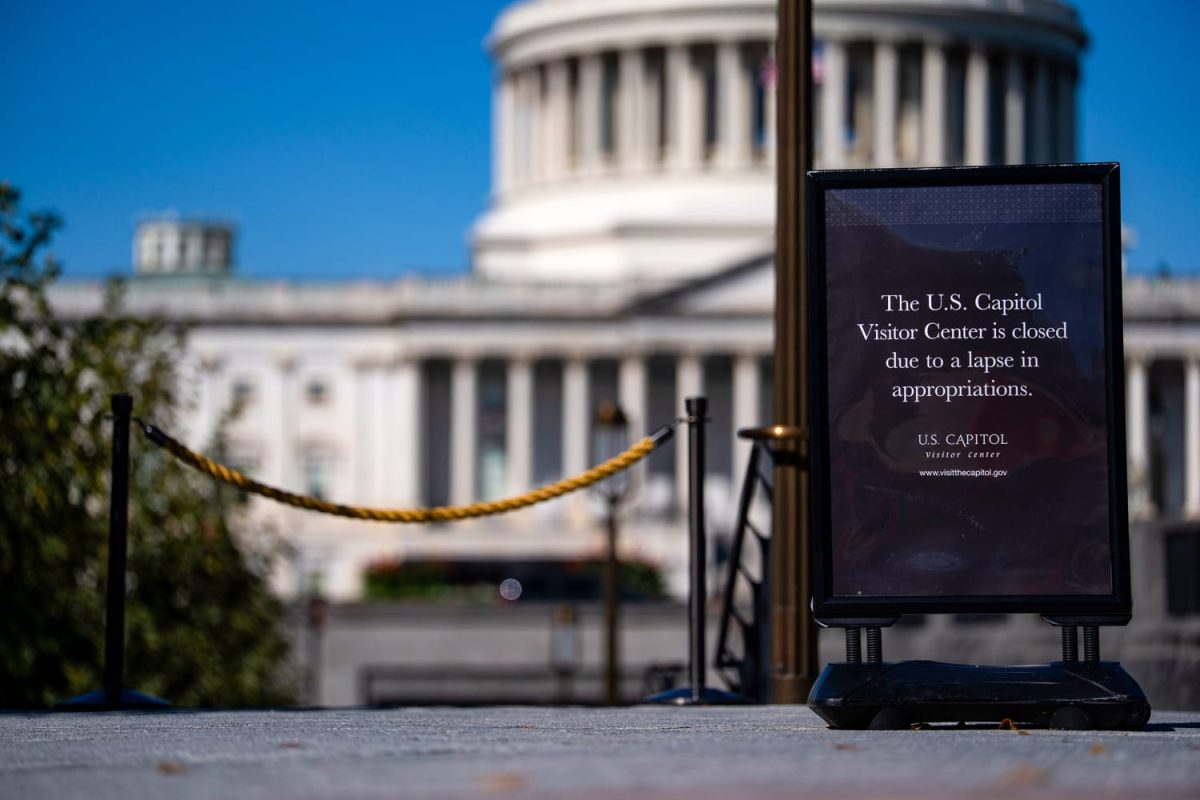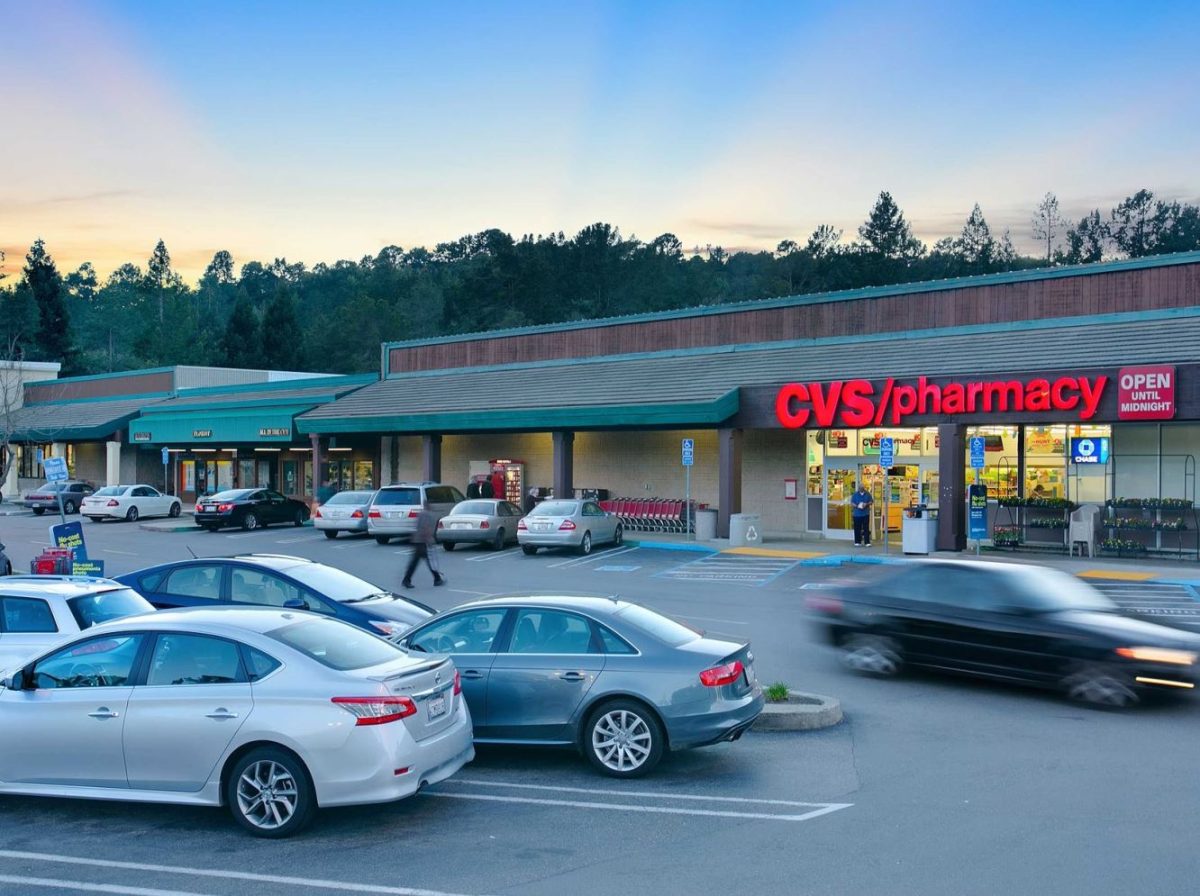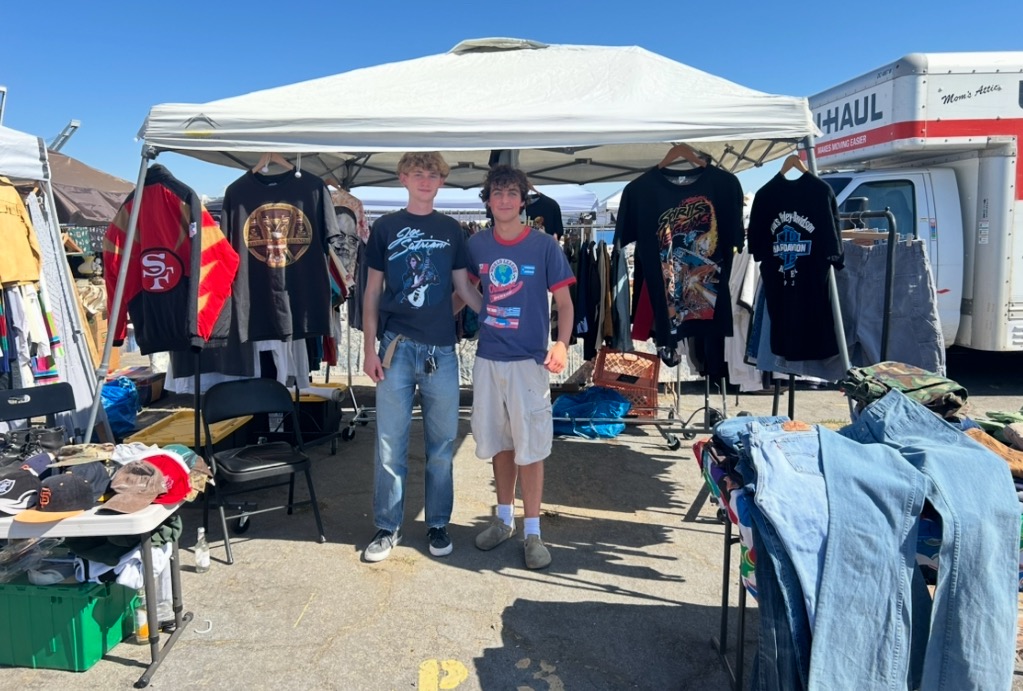“The theme for this year’s Homecoming Dance is… Formula One!” The rally leader’s announcement halts Miramonte students’ excited drumroll, setting off intrigued cheering and a few gasps of excitement throughout the bleachers. Many students were likely wondering the same thing: What exactly is Formula One and how did it become popular enough to be chosen by Leadership as Miramonte’s 2024 Homecoming theme?
Formula One (F1) is an international motorsport that boasts some of the fastest cars in the world, which can reach up to 230 mph at an F1 race, known as a Grand Prix. Since its establishment as a world championship competition in 1950, F1 has always been a European-dominated sport, with the majority of teams and drivers originating from the continent. However, F1’s recent rise in social media presence has triggered major growth in the sport’s American fanbase.
In 2016, Liberty Media, an American media company, bought F1’s commercial rights and revolutionized the sport. Liberty Media relaxed the media restrictions on drivers and teams, allowing them to post original content and videos filmed in the paddock, where teams set up their home bases each race weekend to work on their cars and relax between races. Additionally, Liberty Media commissioned the Netflix docuseries “Drive to Survive” to provide behind-the-scenes coverage of the sport and give fans an unprecedented view into the F1 paddock. The company accomplished its goal of modernizing F1, increasing its social media followers and TV viewership by 54.9% and 6.2%, respectively, from 2016 to 2017.
F1’s recent spike in popularity has included significant growth in its U.S. following, allowing American fans to connect in closer-knit communities instead of exclusively with international fans. On a local scale, it’s evident that F1 has reached the youth of Lamorinda: F1 merchandise has entered the school wardrobe of some Miramonte students, and Campolindo students started an F1 Club this year. “When I was younger, maybe 10 years old, I wouldn’t hear anyone talking about [F1]. So now, it’s great that social media and all the different posts and edits are adding to the popularity of it,” ninth-grader Adesh Sivakumar, who has been a fan of F1 since he was seven years old, said.
In some ways, Liberty Media’s push for F1’s increased online presence has made F1 more accessible to fans around the world. For American viewers, most races take place in the early hours of the morning. However, with the official F1 account, run by Liberty Media, and various team accounts updating constantly, fans can stay up-to-date even if they don’t have the right streaming service or the time to watch a race live. “When I can’t watch a race, I’ll just watch the highlights and see what I missed,” Sivakumar said.
Unfortunately for F1 fans, the sport’s rise in popularity also presents challenges to in-person accessibility of the sport. For many F1 fans, attending a Grand Prix is the ultimate F1 experience because they can see the true scale and speed of the cars, interact with other fans, and perhaps even meet their favorite drivers. “[Attending a Grand Prix] is very different from watching it on TV because everything is way bigger in person. You get to see [the cars] flying by at 200 mph, which is really, really cool. You’re also able to hear the commentators live… you’re just really in the experience,” senior Taylor Marsh, a new F1 fan who attended the 2024 United States Grand Prix in Austin, Texas, said. However, F1 Grand Prix have become less attainable for many fans with F1’s explosion in popularity. The average price of a three-day Grand Prix ticket increased by 56% from 2019 to 2023. This year, ticket prices peak at the upcoming Las Vegas Grand Prix, where a three-day ticket for the cheapest grandstand seat costs an astonishing $1200.
Furthermore, the involvement of social media in the F1 fanbase has shifted the fanbase to include some aspects of toxic fan culture common in other entertainment bases. “Drive to Survive,” described by long-time F1 fan Steve Poling as “the ‘Real Housewives’ of Monaco,” dramatizes some events in the six seasons of F1 that it covers, exaggerating driver rivalries and inventing storylines for entertainment value. By erasing real driver relationships and creating nonexistent drama, “Drive to Survive” incites conflict between fans as they defend their favorite driver against perceived slights from other drivers. “Netflix tends to overshadow friendships that the drivers have because most of the drivers are more than likely friends or get along decently well, which can lead to a lot more toxicity between fan groups,” Marsh said.
Additionally, increased social media engagement inspires division between new and old F1 fans. Many comparatively seasoned F1 fans criticize new “Netflix fans” and “Instagram fans” because they are more focused on drivers’ personalities and less focused on their racing achievements. Furthermore, some fans miss the sport’s relative obscurity. “When any kind of fandom gets exposed and there’s more people, there’s always going to be people who are angry about the popularity it’s gained. People don’t like that they’re no longer niche and they’re part of the mainstream now,” an anonymous Miramonte student and F1 fan said.
As F1 seems to exit Red Bull Racing’s era of unprecedented dominance by three-time world champion Max Verstappen, most F1 fans and experts predict the sport will be more competitive, and therefore entertaining, in the coming years. Fans can look forward to an exciting end to the 2024 season: At the Las Vegas Grand Prix on Nov. 23, Verstappen will have his first opportunity this year to clinch the win in the individual World Driver’s Championship and there is still a tight battle for the team World Constructor’s Championship. “I’m really excited to see where the constructor’s championship lies because I think any of the top three teams could get first,” Marsh said.








